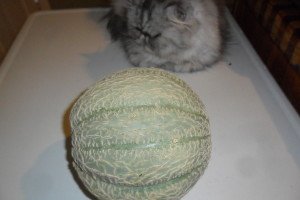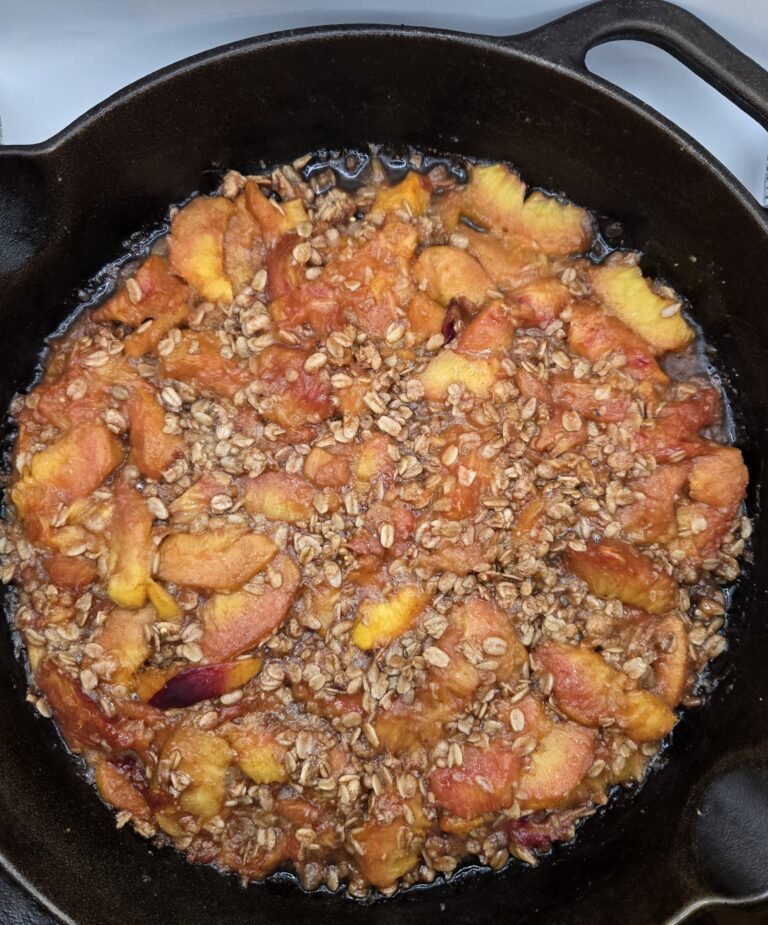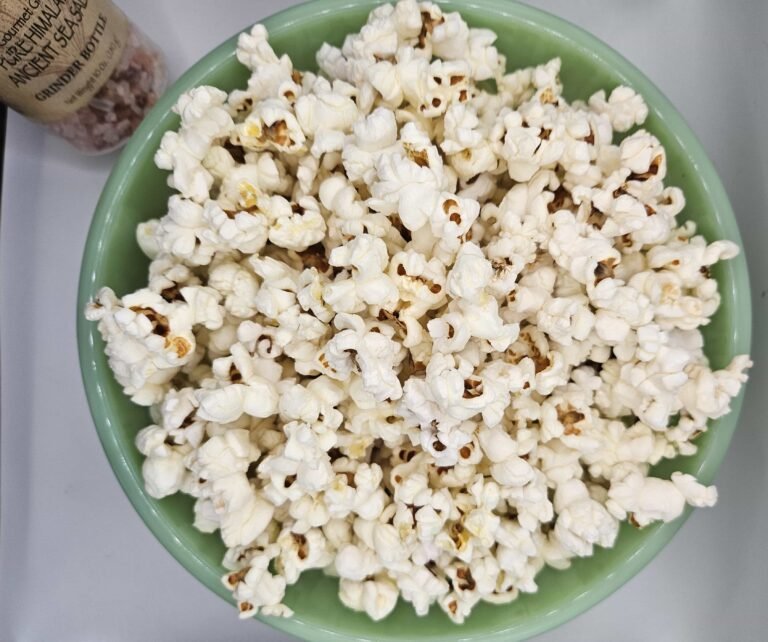
Sometimes when I start listing chemicals in food, my family asks me, “How can you remember all those words?” Well, I read them a lot on labels – it’s like taking a chem class – and it’s pretty freaky if you think about it. This is simply food — at least it started off simple.
The book Omnivore’s Dilemma by Michael Pollan is a great resource for learning about the demise of the American diet and mystery ingredients. Pollan is a journalism professor and has written a number of best sellers on food. His writing style is very natural, fun, and interesting. He’s also a dad, a cook, and a gardener, among many other things, and he writes and speaks often about our food and how to celebrate it.
In this book, he discusses feed corn, and then preparing a meal based on hunting, foraging, and gardening for the ingredients. He explains that, in the McDonald’s chicken McNugget, besides 56% of the ingredients being derived from corn, several of the completely synthetic ingredients that come from a petroleum refinery or chemical plant are what make modern processed food possible. Sodium aluminum phosphate, mono-calcium phosphate, sodium acid pyrophosphate, and calcium lactate are added to keep the various animal and vegetable fats involved in a nugget from turning rancid. Then there are “anti-foaming agents” like dimethylpolysiloxene (added to the cooking oil to keep it from producing foam during frying) which is a suspected carcinogen, an established mutagen, tumorigen, and reproductive effector; it’s also flammable. Then to help preserve freshness is tertiary butylhydroquinone (TBHQ) a form of butane (i.e. lighter fluid), which the FDA allows to be used sparingly in our food: it can comprise no more than 0.02 percent of the oil in a nugget.[1]
Remember I’m not advocating giving up chicken or any other meat for life. Certainly it is great if you do, but I’m saying to eat less and make sure it’s from a farmer you’ve met and trust. I will help you meet farmers and find real food. And we will feed our kids enough real food at home so that if they buy junk once in a while from a snack counter when we’re not looking, their bodies will efficiently process out the harmful chemicals. I’ll take a healthy chicken out of the freezer so we can celebrate another yummy grilled chicken soon!
[1] Michael Pollan, the Omnivore’s Dilemma: A Natural History of Four Meals, Penguin Press, 2006.




